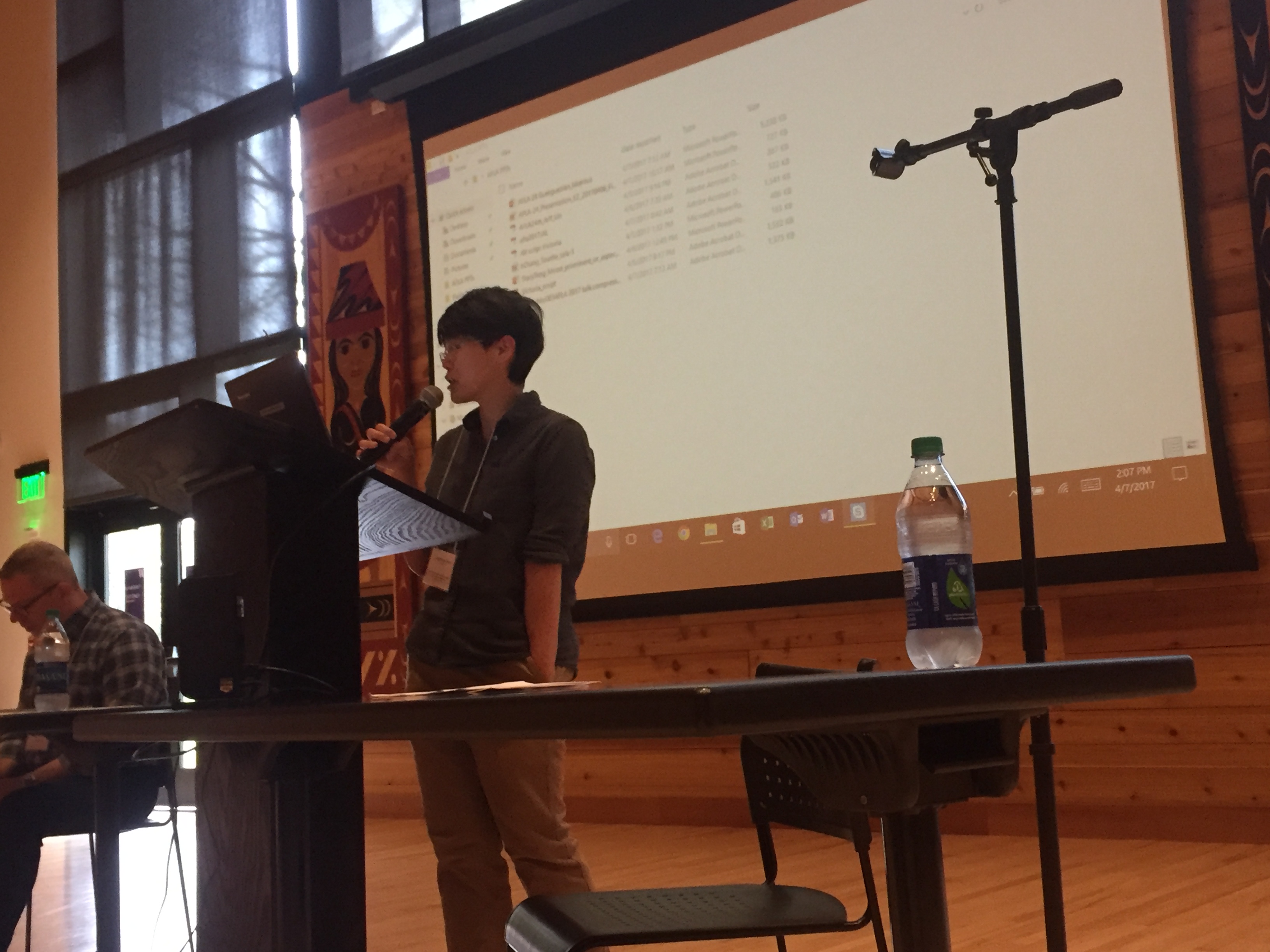Speaker: Benjamin Storme (MIT)
Title: Cyclicity in Standard French: the role of stem-base perceptual similarity
Date/Time: Monday, April 10, 5:00–6:30pm
Location: 32-D461
Abstract:
In Standard French, stems in derivatives behave regularly or cyclically depending on the phonological shape of the suffix: stem-final mid vowels behave regularly if the suffix starts with a non-schwa vowel or a glide, and cyclically otherwise. I compare two approaches to explain this pattern: a syllable-based analysis (cf van Oostendorp 2004 on a similar pattern in Dutch), and a perceptually-based analysis. The syllable-based analysis predicts that cyclic application entails identical syllabification of the base-final consonant and its correspondent in the stem. The perceptually-based analysis predicts that cyclic application entails greater perceptual similarity of the base-final consonant and its correspondent in the stem. A comparison of the results of two experiments (a small experiment based on a syllabification task and an experiment based on a discrimination task) suggests that the perceptually-based analysis is superior: it can better explain the difference between liquid-initial suffixes (before which stems behave cyclically) and glide-initial suffixes (before which stems behave regularly). The results of this study are relevant for two debates in phonology: whether phonotactics are better explained in syllable-based or perceptually-based terms (Steriade 1999), and whether phonetic detail plays a role in cyclicity (Steriade 2000).
